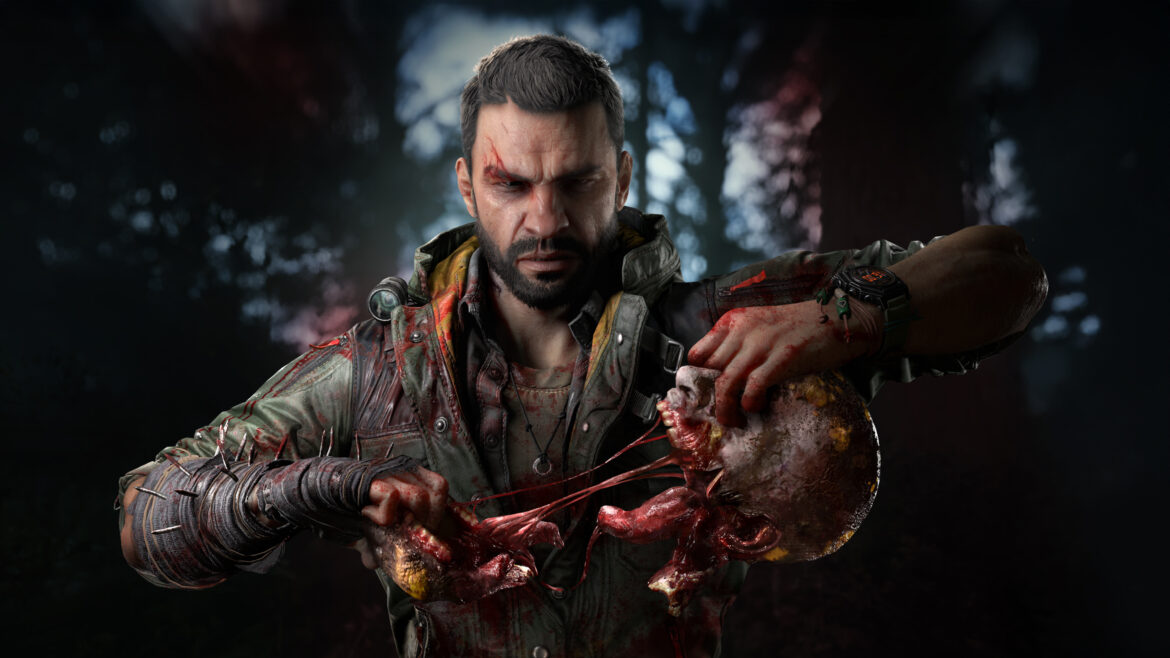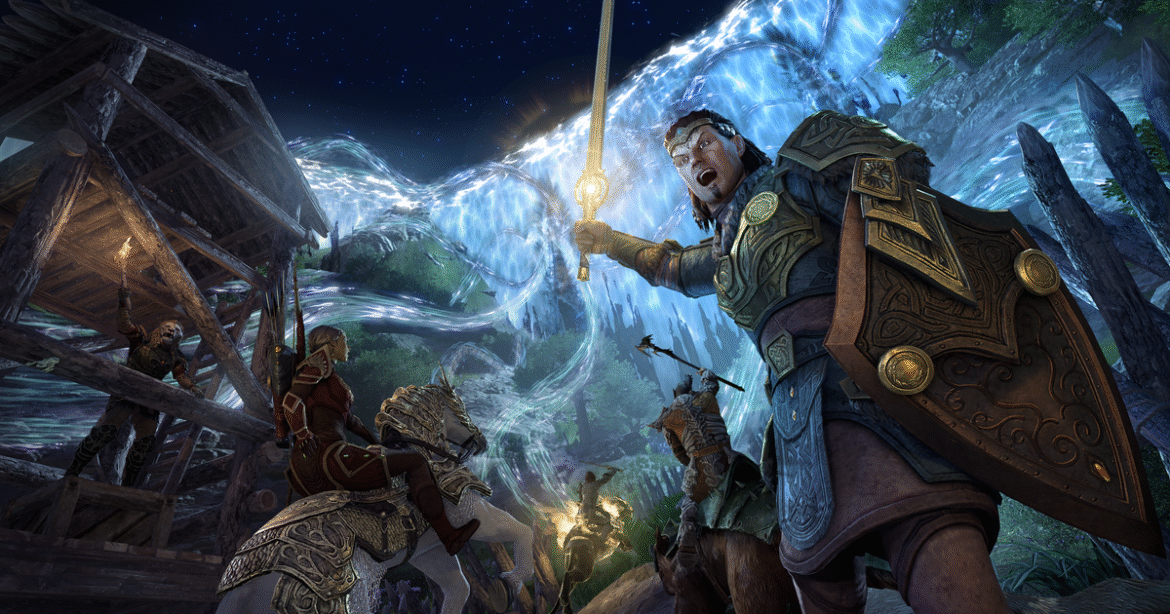Trusted Editorial content, reviewed by leading industry experts and seasoned editors. Ad Disclosure
Nasdaq has filed paperwork with the US Securities and Exchange Commission to list the BlackRock iShares Bitcoin Premium Income ETF, a product designed to generate income by selling options on bitcoin-linked holdings.
The proposal was submitted on September 30, 2025, and the SEC has opened a comment period as part of its review.
Trust Holdings And Structure
According to the Nasdaq filing, the Trust will hold primarily bitcoin, shares of BlackRock’s iShares Bitcoin Trust (IBIT), cash, and the premiums earned from written options on IBIT or on indices that track spot bitcoin ETPs.
The product is described as an actively-managed exchange-traded product that the sponsor intends to be treated as a publicly-traded partnership for US federal tax purposes.
BlackRock iShares Bitcoin Premium Income ETF filing. Source: Nasdaq
The filing also sets a minimum of 80,000 Shares required to be outstanding at commencement, and lists trading hours from 4:00 a.m. to 8:00 p.m. ET. BlackRock’s move follows a wider push by asset managers to offer income-style crypto products.
Reports have disclosed that the new ETF would collect premiums by writing covered calls, a strategy meant to produce regular distributions for investors who want yield rather than pure price exposure.
Source: BlackRock
Analysts quoted in market coverage say the approach limits upside in strong rallies but can smooth returns when bitcoin moves sideways or down.
How The Covered-Call Strategy Works
Covered calls are straightforward in concept but not without risk. The Trust would hold IBIT and bitcoin while selling call options against those holdings to collect premiums.
If the calls are exercised early, the filing says IBIT shares may be delivered out to the options clearer; certain OTC options would be cash-settled.
That mix of physical holdings and options income is intended to create a yield-focused product that behaves differently from a spot ETF.
BTCUSD trading at $118,601 on the 24-hour chart: TradingView
Market watchers note this is not BlackRock’s first bitcoin product. Based on reports, IBIT has already become a major vehicle for US investors since its launch, reaching large asset levels quickly and helping to normalize bitcoin exposure inside regulated funds.
That track record likely makes it easier for BlackRock to pitch a second, income-focused offering to both retail and institutional audiences.
Regulatory Steps
The next steps are procedural but important. The SEC’s notice solicits public comments and will consider whether the proposed listing satisfies Nasdaq’s Rule 5711(d) and investor-protection standards.
If the SEC requires changes — for example on disclosure around OTC options or daily NAV dissemination — Nasdaq and BlackRock would have to respond before trading can begin.
Featured image from Finance Feeds, chart from TradingView
Editorial Process for bitcoinist is centered on delivering thoroughly researched, accurate, and unbiased content. We uphold strict sourcing standards, and each page undergoes diligent review by our team of top technology experts and seasoned editors. This process ensures the integrity, relevance, and value of our content for our readers.









